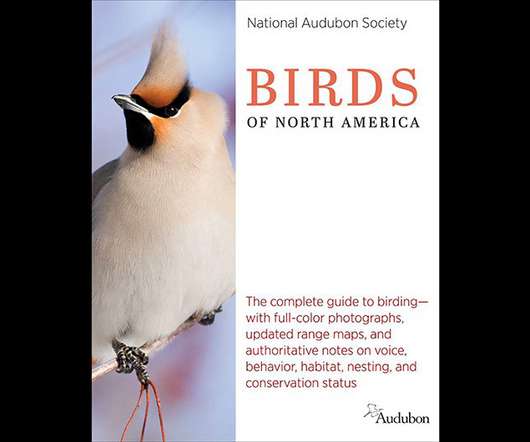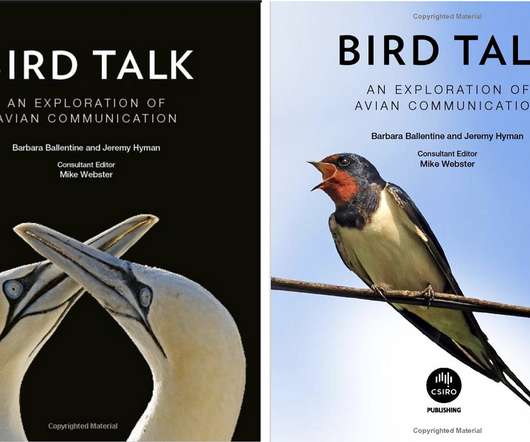From Today's New York Times
Animal Ethics
FEBRUARY 27, 2012
In addition, producing more meat worsens worldwide hunger and food insecurity by dedicating precious farmland and water resources to the production of animal feed. We have a hard enough time figuring out what makes people happy, but chickens? Are they happier scratching around the barnyard or sitting confined in cages?












Let's personalize your content